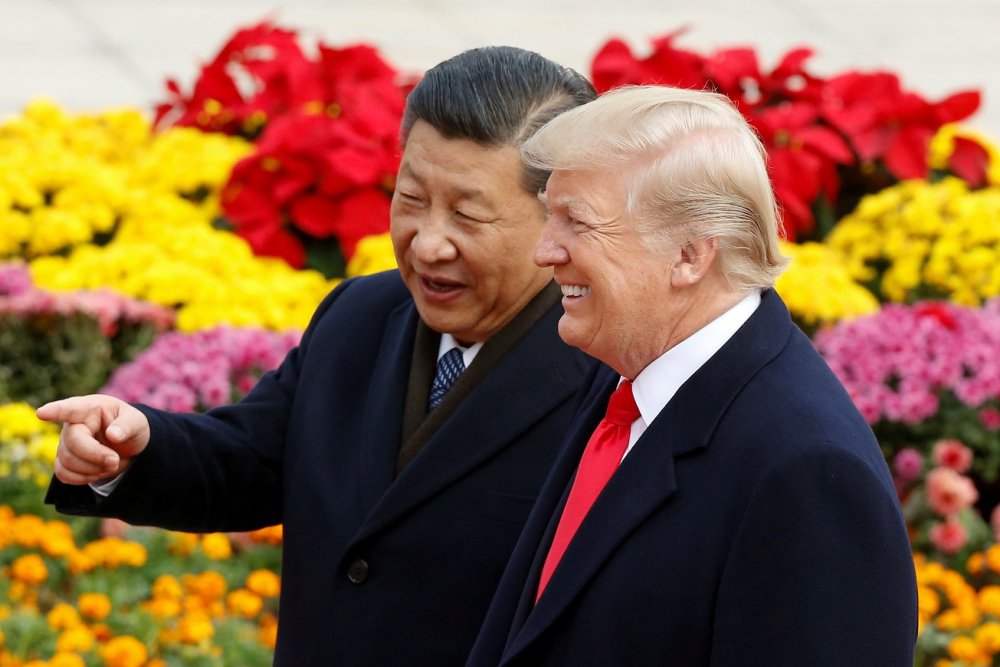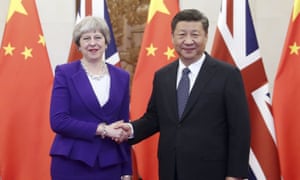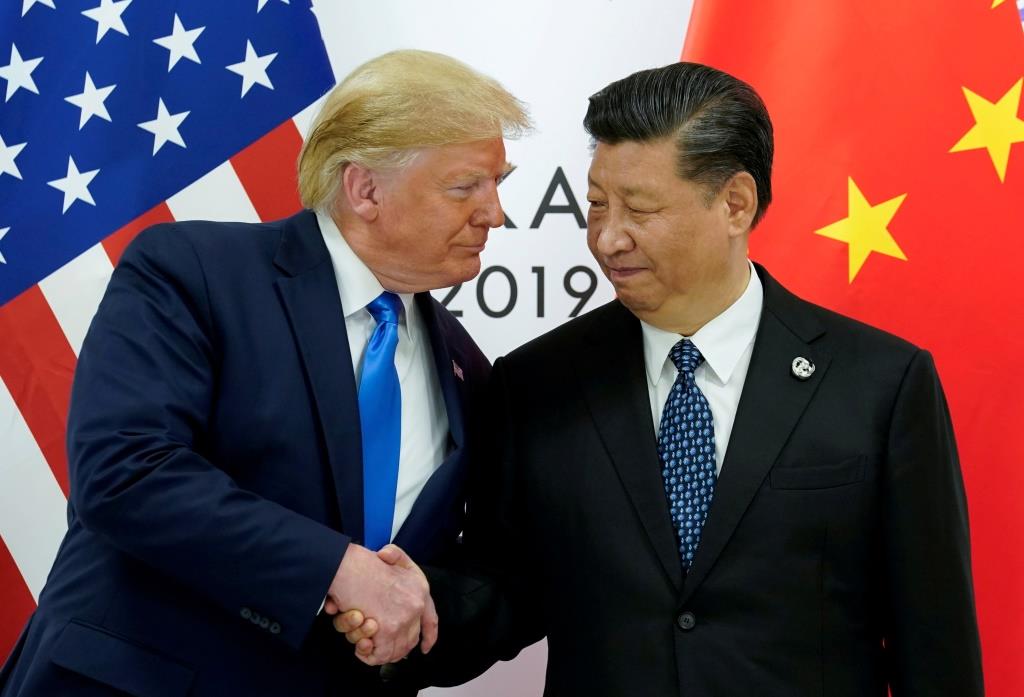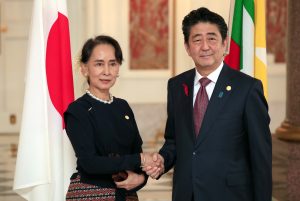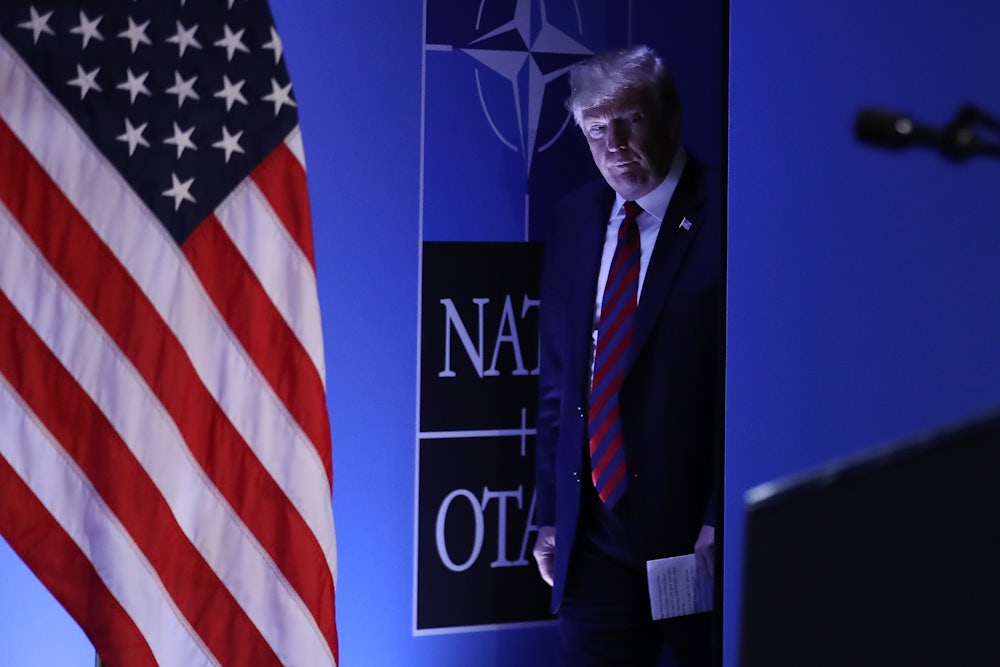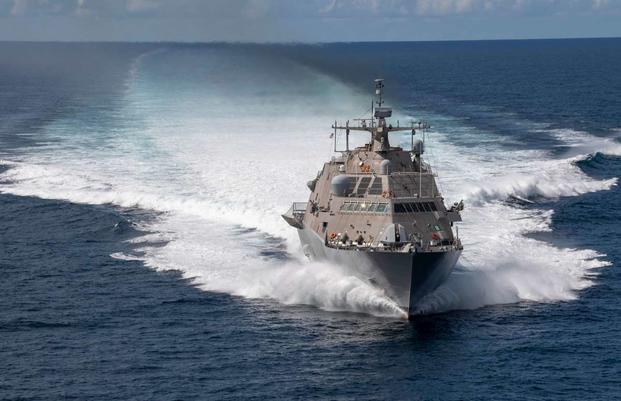By Chris Dougherty
Strategists and military force planners in India and the United States are grappling with a similar set of challenges posed by China’s military modernization and increasingly aggressive foreign policy. While the overall challenge may be similar, India’s responses must conform to India’s unique strategic position rather than attempt to emulate the United States in reduced form. Moreover, while increased budgets and institutional defense reform may improve India’s capacity, these efforts are politically and bureaucratically difficult and cannot singlehandedly solve the challenges India faces in competing with China.
This paper proceeds in three parts. The first part compares the strategic situations of India and the United States vis-à-vis China and uses the contrasts in this analysis to shade in the outlines and assumptions for the rest of the paper. Next, the paper explores two specific military challenges—one on the land border and one at sea—that China could pose, and recommends Indian strategies and operational responses. Finally, the paper concludes with force-planning recommendations for India based on the demands of these responses and informed by the core strategic assumptions laid out in the first section.

